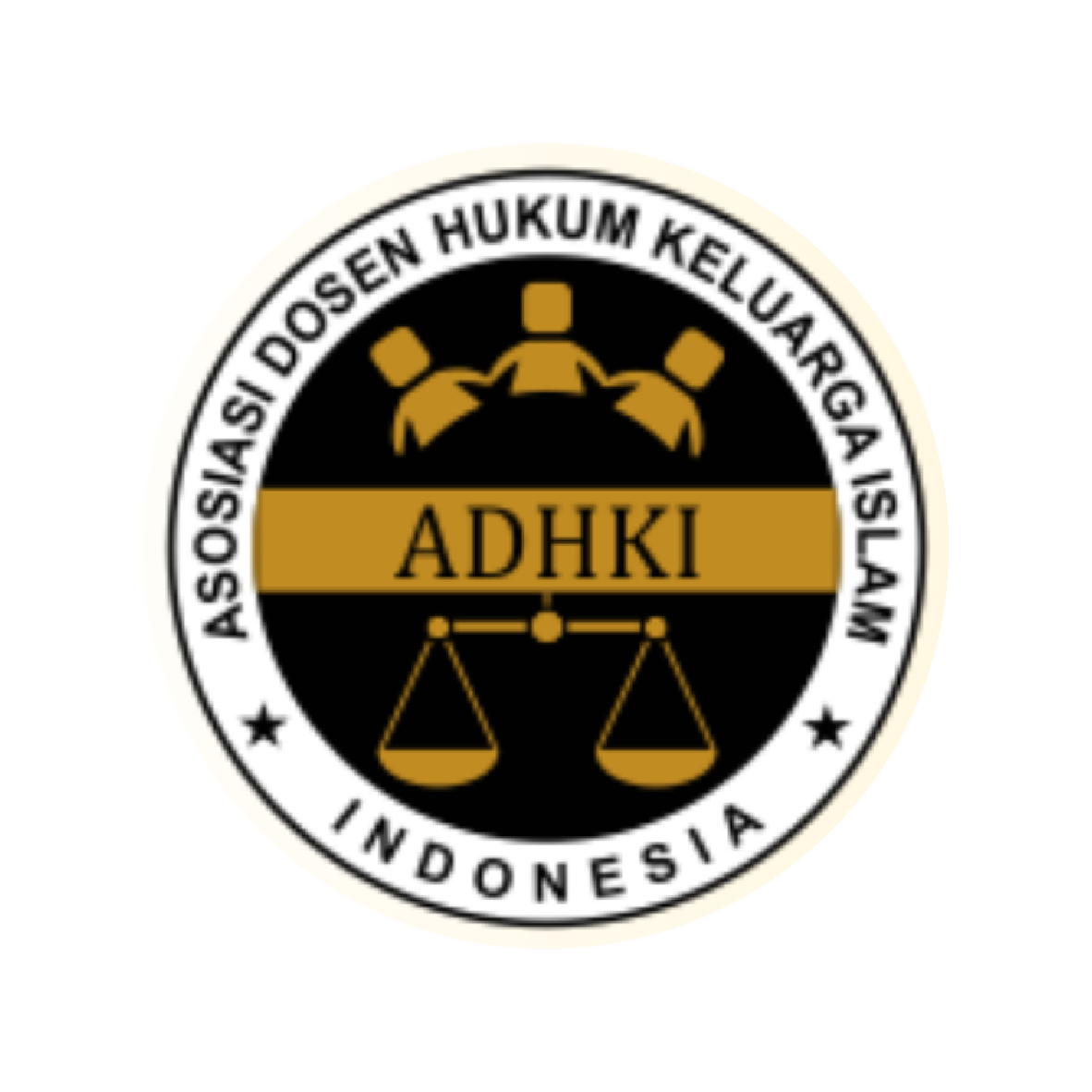PENYELESAIAN SENGKETA WAKAF TANAH DI KECAMATAN BAYANG OLEH PENGADILAN AGAMA KELAS II PAINAN KABUPATEN PESISIR SELATAN
DOI:
https://doi.org/10.30983/alhurriyah.v4i2.1632Keywords:
Waqaf, Waqaf Dispute, Waqaf Dispute settlementAbstract
The issue of land ownership has become a fundamental problem in Indonesia. One of the conflicts is a dispute of waqf land, both property and customary rights. The lack of assertiveness of the waqf rules on the natural land right in West Sumatera also triggered conflict, because the natural right is not accommodated as an object of land registration, so the deed of customary land does not guarantee legal certainty in accordance with the waqf rule in Indonesia. The dispute of Waqaf land in the district of Bayang appear because of many aspects such as customary land as the object of Waqaf, the economic value of the property, the increasing of the population, the need of land, Wakif giving all the customary land as Waqaf, Nazhir’s ineffective land use, the land given without the knowledge of the members of community, the regulation of Waqaf land not accommodated well in law number 41 of 2004. The method used is descriptive, which describes the facts and the real condition of land waqf of property right and customary right in the district of Bayang, with an analysis of a normative legal approach. This study uses an empirical juridical approach by researching with emphasis on the application of the waqf legal in the form of law. The collected data are in the way of primary data obtained from related parties in Waqaf land in the research location, secondary data obtained from secondary, primary, and linear legal materials. From the research it customary land waqf is the leading cause of waqf disputes in the district of Bayang, because many waqf lands are given with unwritten document (verbally) and not registered. The solution to waqf land disputes in Bayang District uses non-ligitation and ligitation settlement efforts. The conflict of waqf of customary land was solved by a non-ligitation manner, through mediation of the adat institution, Gurun Panjang KAN, while the dispute over property rights at the village of Taratak Teleng Puluik Puluik was complete by ligitation in Painan Religious Court.
References
Chomzah, Ali Achmad, Hukum Pertanahan, Seri Hukum Pertanahan III Penyelesaian Sengketa Hak atas Tanah, seri Hukum Pertanahan IV Pengadaan Tanah Instansi Pemerintah, Jakarta: Penerbit Prestasi Pustaka Publisher, 2002.
Dt. Rajo Panghulu, Idrus Hakimi, Pegangan Para Penghulu di Minang kabau, Bandung: Penerbit PT. Remaja Rosdakarya, 1994.
Ismail, Habib. “Pengambilan Kembali Harta Wakaf Oleh Wakif Dalam Perspektif Hukum Islam Dan Undang-Undang Nomor 41 Tahun 2004 Tentang Wakaf Di Lampung Selatan.†TERAJU 1, no. 01 (March 27, 2019): 29–36. http://ejournal.stainkepri.ac.id/index.php/teraju/article/view/15.
Mirwati, Y. Wakaf Tanah Ulayat Dalam Dinamika Hukum Indonesia. Rajawali Pers, 2016.
Nurdin, Zefrizal. “Pengaturan Pemanfaatan Tanah Ulayat Untuk Penanaman Modal Sebagai Pemberdayaan Nagari Di Sumatera Barat.†Universitas Andalas, 2017.
Panuh, Helmi, Peranan Kerapatan Adat Nagari (KAN) dalam proses Pendaftaran Tanah Adat di Sumatera Barat, Jakarta: Divisi Buku Perguruan Tinggi PT. Raja Grafindo Persada, 2012.
Pemerintah Daerah Kabupaten Pesisir Selatan, Pesisir Selatan Dalam Angka, Painan: Penerbit Setdakab Pesisir Selatan, 2017.
Siregar, Bismar, Mimbar Hukum, Aktualisasi Hukum Islam, Jakarta: Penerbit PT Al Hikmah, 1994.
Usman, Rachmadi, Hukum Perwakafan di Indonesia, Jakarta: Penerbit PT. Sinar Grafika, 2009.
Tunggal, Setia Hadi, Undang Undang Nomor 41 Tahun 2004 tentang Wakaf dan Penjelasannya, Jakarta: Penerbit Harvarindo, 2004.
Warman, Kurnia, Hukum Agraria dalam Masyarakat Majemuk Dinamika Interaksi Hukum Adat dan Hukum Negara di Sumatera Barat, Jakarta: Penerbit Huma, 2010.
Downloads
Additional Files
Published
Issue
Section
Citation Check
License
Authors who publish with this journal agree to the following terms:
- Authors retain copyright and grant the journal right of first publication with the work simultaneously licensed under a Creative Commons Attribution-ShareAlike 4.0 International License that allows others to share the work with an acknowledgment of the work's authorship and initial publication in this journal.
- Authors are able to enter into separate, additional contractual arrangements for the non-exclusive distribution of the journal's published version of the work (e.g., post it to an institutional repository or publish it in a book), with an acknowledgment of its initial publication in this journal.
- Authors are permitted and encouraged to post their work online (e.g., in institutional repositories or on their website) prior to and during the submission process, as it can lead to productive exchanges, as well as earlier and greater citation of published work (See The Effect of Open Access).






